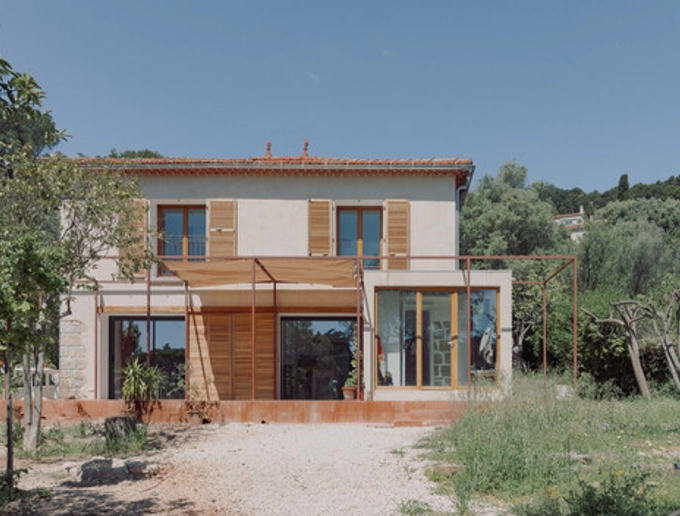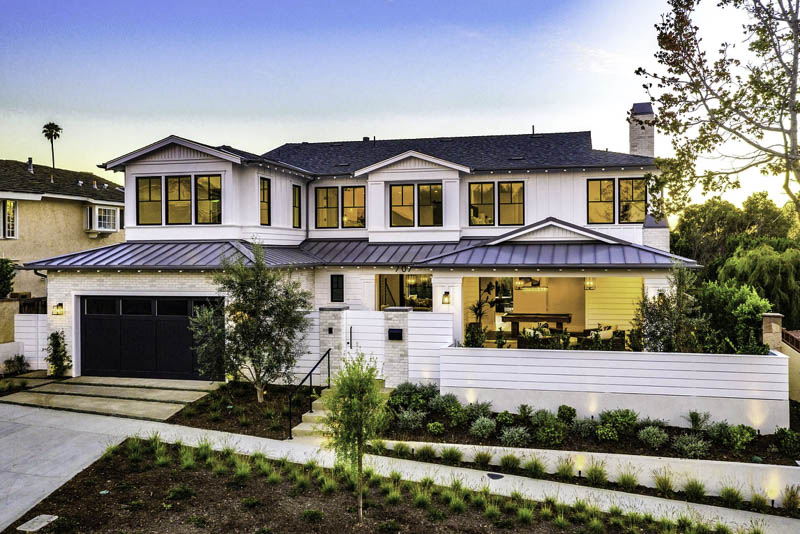How Residential Architects Develop Personalized Homes for every single Lifestyle
The procedure through which household designers style tailored homes is a nuanced interplay of recognizing client demands and converting those insights right into practical living rooms. With extensive appointments and the use of layout devices, engineers record the essence of their customers' way of lives, ensuring that each home reflects individual worths and ambitions. This collaborative technique prolongs past first concepts, incorporating lasting practices and cutting-edge innovations to improve everyday living. As we explore the elaborate steps associated with this transformative process, a much deeper gratitude for the architect's function in shaping unique environments starts to arise.
Understanding Customer Needs

Efficient interaction is critical in this procedure. Designers must motivate customers to verbalize their lifestyles, family members dynamics, and future goals, ensuring that the design mirrors their one-of-a-kind identity. By employing tools such as surveys, meetings, and aesthetic surveys, designers can collect useful insights into the customer's vision.
Moreover, understanding the context in which a home will exist is essential. Architects should think about factors such as the site qualities, neighborhood climate, and social influences that can influence the style. This alternative strategy permits the creation of spaces that are not just visually pleasing but likewise practical and sustainable.
Eventually, a deep understanding of client needs makes it possible for engineers to produce personalized homes that boost the quality of life for their residents, cultivating a feeling of belonging and convenience within their living settings.
Layout Refine and Partnership
The style process in household style is a dynamic interplay of imagination and cooperation, where designers, customers, and various stakeholders function very closely to bring a vision to life. This iterative trip typically starts with a collection of meetings to establish a comprehensive understanding of the customer's ambitions, choices, and way of living requirements. During these discussions, engineers gather essential information, enabling them to conceive designs that straighten with the client's vision.
Complying with the first appointments, the design phase develops through illustrations, 3D models, and architectural makings. This aesthetic communication functions as a device for designers to existing concepts, while additionally welcoming customer responses, making certain that the final layout reverberates with their assumptions. Effective collaboration with designers, specialists, and indoor designers is crucial during this stage, as it ensures that all useful facets of the task are flawlessly incorporated.

Incorporating Way Of Living Components
Incorporating way of life elements into domestic style is necessary for developing spaces that truly reverberate with the inhabitants. residential architecture homes. This process begins with comprehending the distinct demands, preferences, and day-to-day routines of the home owners. Architects participate in comprehensive conversations to reveal exactly how the private or family utilizes their space, whether for entertaining visitors, going after pastimes, or looking for quiet resort
When these insights are gathered, engineers can customize style features that enhance everyday experiences. Open flooring plans may be made for families that focus on togetherness, while dedicated offices can be integrated for those who work from home. Outside areas, such as yards or patios, can be stressed for families that appreciate outdoor tasks or amusing.
Furthermore, flexibility is a key consideration; multi-functional rooms enable for adaptability as lifestyles develop over time. Custom storage space options can also be incorporated to meet certain company requirements, making certain that the home continues to be clutter-free and practical. Eventually, by thoughtfully weaving way of living aspects into the building fabric, residential architects develop personalized homes that not just satisfy visual needs however likewise substantially enhance the lifestyle for their clients.
Sustainable and Smart Layout
Wise and lasting style increasingly plays a crucial duty in household architecture, as home owners look for to decrease their ecological impact while enhancing their living experiences. Architects are currently incorporating environment-friendly products, energy-efficient systems, and ingenious innovations to create homes that not only meet aesthetic needs but additionally serve the planet.
Including renewable resource sources, such as solar panels and wind generators, enables property owners to harness natural resources, substantially lowering reliance on typical power grids. Smart home modern technologies further improve sustainability by optimizing power usage via automated systems that manage cooling, home heating, and lights based on occupancy and choices.
Additionally, making use of lasting structure products-- like reclaimed wood, bamboo, and reused steel-- advertises a round economic situation, reducing waste and resource usage. Designers additionally highlight passive design principles, ensuring homes are oriented for optimum natural light and air flow, thus lessening the need for fabricated heating Read Full Article & cooling.
In enhancement to environmental benefits, sustainable and wise style contributes to the overall convenience and wellness of residents. By focusing on interior air quality and all-natural elements, engineers visit our website produce areas that cultivate well-being, enabling home owners to flourish in consistency with their environment.
Completing and Executing Plans
Finalizing and implementing strategies is a crucial phase in the residential style procedure, where the vision of a tailored home begins to appear. This phase involves thorough attention to information, guaranteeing that every aspect of the layout is specifically verbalized and all set for construction. residential architecture homes. Architects team up very closely with clients to evaluate final strategies, addressing any final modifications or concerns, while making certain that all aspects line up with the house owner's way of living needs
As soon as plans are finalized, designers prepare detailed building and construction documents, consisting of comprehensive illustrations and specs that act as a blueprint for contractors. These records detail products, surfaces, and installment approaches, offering clarity for subcontractors and contractors. Additionally, safeguarding needed authorizations and sticking to regional building ordinance is vital, as it makes sure compliance and smooth job implementation.
Efficient communication is crucial throughout this phase. Normal updates and discussions with builders help to reduce potential issues before they develop. By promoting a collective atmosphere, engineers can ensure that the execution straightens with the original vision. Inevitably, this critical phase changes principles into reality, laying the foundation for a home that reflects he said the one-of-a-kind lifestyle and preferences of its inhabitants.
Conclusion
In conclusion, residential architects play a pivotal role in crafting personalized homes that provide to varied lifestyles. Through precise understanding of client demands, collaborative design procedures, and the integration of way of life aspects, architects guarantee that each home reflects private preferences.
The procedure by which property architects design tailored homes is a nuanced interplay of recognizing client needs and translating those insights into functional living rooms. Through extensive assessments and the usage of design tools, architects record the essence of their clients' lifestyles, guaranteeing that each home mirrors individual values and aspirations. Designers should urge customers to express their lifestyles, family dynamics, and future goals, ensuring that the style reflects their unique identification.The layout procedure in household architecture is a vibrant interplay of creative thinking and partnership, where designers, customers, and various stakeholders work very closely to bring a vision to life - residential architecture homes. With thorough understanding of client demands, joint layout procedures, and the assimilation of way of living aspects, designers ensure that each home shows specific choices